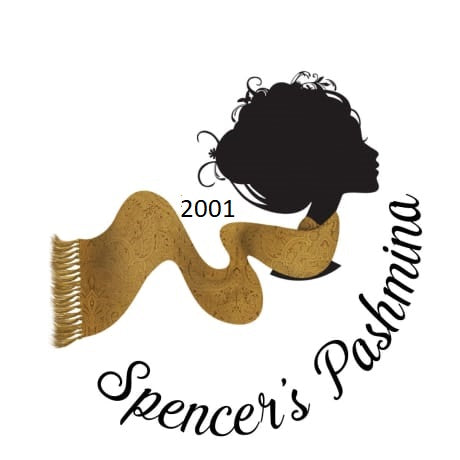
Raw and Dehaired Pashmina Wool
Fabrics are of two types: natural and synthetic. The former are obtained from plants and animals and plants, and the latter are made entirely from man-made synthetic material. Pashmina fabric falls under the first category of fabric i.e. natural. For example, cotton comes from plants while silk comes from silkworms. Synthetic fibers, on the other hand, are made entirely of synthetic matter created by man. The name Pashmina comes from the Persian word Pashmina پشمینه. It means made from wool. Pashmina is one of the many types of wool. It is known to be the finest of all other wools. Pashmina is also known as Cashmere in Europe and the world over as the first woven textiles were from Indian Kashmir. Mountain goats from high altitudes like Changthangi and malra from Ladakh, the chegu from the Himalayas of northern India, and the chyangara from Nepal seasonally shed their outer skin which is handwoven into wool threads called pashmina wool or cashmere wool. The latter one is produced in Indian Kashmir which is why it is called Kashmir wool or Cashmere wool. This wool is woven on handlooms to produce pashmina fabric from which pashmina scarves, shawls, wraps and throws are made.
Pashmina wool is delicate, soft, fine, and exceptionally warm. Although the diameter of the wool is only 12 to 16 microns, the pashmina wool insulates the goat from the harshness of the extreme cold weather at the high altitude mountains, around 10,000 feet and more above the sea level. It are the thinness, softness, lightness in weight and warmth which make pashmina scarves and shawls superior to the ordinary woolen ones.
The quality of the pashmina fabric depends upon the height at which the mountain goats graze, the quality of the outer skin collected from the mountain goats, and the quality of handweaving and later the quality of weaving on handlooms to convert pashmina wool into pashmina fabric. Unfortunately, some producers of pashmina fabric mix other wool or synthetic material to make more profit. Such pashmina scarves and shawls are thicker and heavier in weight and less in warmth than the genuine ones. The artisans have a major role to play in producing the pashmina fabric and subsequently pashmina scarves and shawls. The pashmina fabric is seldom uniform in its weave as it is handwoven.

